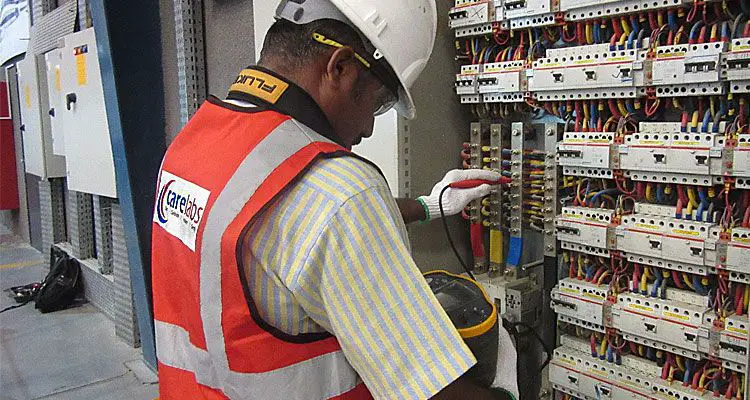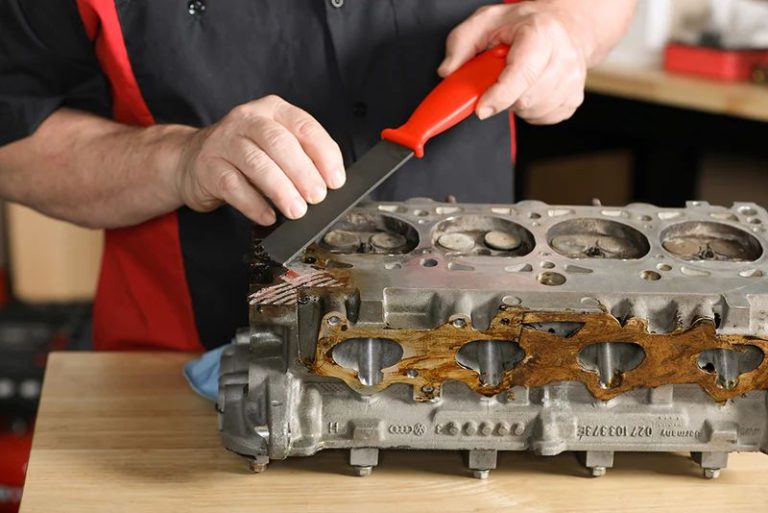How Do You Build A Regulation Horseshoe Pit?
Horseshoe pitching has a long history dating back to ancient Rome. Roman soldiers would throw bent metal horseshoes at stakes as a form of recreation and gambling. The sport grew in popularity over the centuries and standardized rules developed. The first horseshoe pitching tournament was held in 1910 in Kansas City, eventually leading to the establishment of the National Horseshoe Pitchers Association (NHPA) in 1925 to govern the sport.
Today, horseshoe pitching remains a popular backyard pastime as well as a competitive sport with sanctioned leagues and tournaments. To build a regulation horseshoe pit, some key specifications must be followed. The pit is made up of two pitching platforms separated by 40 feet. In the center is a clay or dirt landing area with two metal stakes set 40 feet apart. Players take turns pitching horseshoes from one platform to the opposite stake, aiming to encircle the stake or land as close as possible. This article will provide complete, step-by-step instructions for constructing a regulation horseshoe pit from start to finish.
Choosing a Location
The ideal location for a horseshoe pit should have a level surface with enough space for the pit itself plus room to stand and throw. The surface material is also important. Packed clay or dirt offers a good, firm surface. According to True Value, loose dirt can be packed down with a tamper or roller https://www.truevalue.com/diy-projects/post/patio-and-garden/how-to-build-a-horseshoe-pit. Grass or turf can work but will wear down over time and may lead to uneven terrain.
The location should be free of overhead obstacles like tree branches that could interfere with throws. You’ll also want sufficient distance from structures, fences, or other objects that could get damaged by errant horseshoes. The Home Depot recommends at least 15-20 feet of clearance
Consider the path of the sun so players are not throwing into blinding light. Orienting the pit north-south can help avoid this. Also take wind direction into account if possible, so players are not throwing into a headwind
Dimensions and Layout
The regulation dimensions for a horseshoe pit are as follows:
- The pit should be 46 feet long x 6 feet wide.
- There should be two pitcher’s boxes that are 6 feet x 6 feet located 30 feet apart at each end of the pit.
- The foul line is parallel to the pit and extends 3 feet on each side of the pit. Any horseshoe that doesn’t land within the foul lines is considered a foul.
It’s important to follow the standard dimensions when building a regulation horseshoe pit. This allows for official tournaments and makes sure the pitcher’s boxes are an equal distance apart. The foul lines mark the boundaries for a legal throw.
For more details on official court specifications, see this diagram from Regulation Horseshoe Pit Dimensions: Official Sizes.
Materials Needed
Building a regulation horseshoe pit requires several key materials:
For the frame of the pit, you’ll need treated lumber, such as 2×6 or 2×8 boards (Source). Treated lumber is rot-resistant and provides a sturdy base to contain the pit fill material. The frame boards should be pressure-treated and rated for ground contact.
For the pit filling, clay or sand are traditional options that provide a soft surface for horseshoes to stick in when pitched (Source). Clay is ideal, but bagged sand or pea gravel also work well. You’ll need about 2-4 cubic yards of material. The depth should be 4-6 inches.
Finally, you’ll need official regulation horseshoes and stakes. Horseshoes should weigh 2-2.5 pounds each. The stakes are made of steel or iron and should be 1 inch diameter. You’ll need 4 horseshoes and 2 stakes total.
Building the Frame
The frame of the horseshoe pit provides structure and helps maintain the shape of the pit over time. It should be built using pressure-treated lumber to withstand outdoor conditions. Start by cutting two 4×4 posts to 4 feet long to form the sides of the frame. Cut two more 4×4 posts to 5 feet long to create the front and back of the frame.
Assemble the frame by attaching the 4 foot boards to the ends of the 5 foot boards using 3 inch exterior screws, creating a rectangular shape. Use a 4 foot level on all sides to ensure the frame is completely level before securing it into the ground. According to regulation specs, the top of the frame should be 2-4 inches above ground level when installed [1]. This allows sufficient depth for filling the interior of the frame with clay, sand or other pit material.
Preparing the Pit Surface
Preparing the surface where the pits will be located is a crucial step in building a regulation horseshoe pit. Here are some key considerations when preparing the pit area:
First, you’ll need to dig out and level the area where the two pits will be located. The pits themselves should be rectangular, 7-8 inches deep, and located 40 feet apart from each other according to regulation dimensions (source: https://www.wikihow.com/Build-a-Horseshoe-Pit). Use string to outline the pit area and dig within the rectangle to the proper depth. Use a rake and shovel to remove grass or dirt and level out the surface.
Next, add and compact pit fill material like clay or decomposed granite. Clay is the traditional and preferred material for horseshoe pits. Compact the clay with a hand tamper, fill in any low spots, and smooth the surface. The clay should be slightly moist but not muddy. Or use decomposed granite, class 2 road base, or sand. Compact in 2 inch layers until you reach the desired depth.
Create a crowned surface sloping from the center down to the sides to allow for drainage. A slight 1-2% grade from the center line towards the sides is ideal. Test drainage by misting the pit with water from a hose. The slope should drain water but still allow horseshoes to stick.
Installing the Stakes
When installing the horseshoe stakes, it’s important to get the dimensions and placement correct for regulation play. According to this Home Depot guide, regulation stakes should be placed 40 feet apart and lean forward slightly to offset the force of thrown horseshoes. The stakes themselves should be made of 3-4 inch diameter metal piping and buried 24-36 inches into the ground with 14 inches remaining above the surface.
To set the stakes firmly, first dig holes for each stake using a post hole digger, shovel, or auger. The holes should be 24-36 inches deep. Pour a few inches of gravel into the bottom of each hole, then insert the metal stake pipe and hold it plumb while backfilling around it with more gravel to stabilze it. Tamp down the gravel well to prevent shifting. Finally, refill the remainder of each hole with dirt and pack firmly. Make any final adjustments to ensure the stakes lean inward at the proper angle and are level height-wise.
For regulation men’s play, the stakes should extend 14 inches above ground level. For women’s and children’s play, a height of 12 inches is recommended. Ensuring the proper height creates a fair playing field for all players. With sturdy, well-installed stakes at the right dimensions, you’ll have a professional quality pit ready for horseshoe pitching gameplay.
Safety Considerations
When building a horseshoe pit, safety should be a top priority. Here are some tips to keep in mind:
Use treated lumber for the frame and stakes. Treated lumber is less likely to splinter and will hold up better to regular use and outdoor elements. According to Lowe’s, treated pine lumber is a good choice.
Make sure to sand or round any rough or sharp edges on fasteners. This will help prevent scrapes or splinters if players accidentally brush up against them.
Keep a well-stocked first aid kit on hand in case of minor injuries. Bandages, antiseptic spray or wipes, and tweezers can treat small cuts or splinters from gameplay.
Set clear rules for gameplay, such as no throwing until other players are out of the pit area. Enforce any age restrictions for younger children. And make sure spectators give players adequate space.
Install lighting if the pit will be used at night. This will help prevent trips or falls in dim conditions. Rope or fencing off the perimeter can also designate the boundaries.
Throwing Tips and Rules
To throw a horseshoe properly, start by holding it flat in your hand with the open end facing away from you. Grip the horseshoe firmly between the thumb and forefinger. Stand parallel to the stake, then take a step forward with the foot opposite your throwing hand. Bring your arm back behind you, swing it straight forward, and release the shoe so it rotates vertically in the air. A smooth, flat trajectory close to the ground is ideal. As you release, your thumb should be pointing up and wrist snapping downward.1
Scoring is based on how close the shoe lands to the stake. A ringer, where the shoe encircles the stake, is worth 3 points. A shoe within 6 inches of the stake is worth 1 point. Anything further away doesn’t score. The first player to reach 21 points wins. If both exceed 21, the player with the higher score wins.1
Shoes landing outside the foul lines or knocking over a stake result in a foul and 0 points. Fouls don’t count toward a player’s score. Players take turns pitching both shoes, then yielding the pitching area to the opponent.
Care and Maintenance
Proper care and maintenance of your horseshoe pit will help extend its life and keep it in good playing condition. Here are some tips:
Smoothing pit surface – The surface may become uneven over time from players’ steps and repeated impacts from horseshoes. Periodically use a rake or flat shovel to smooth out any ruts or high spots in the pit. Add water as needed if using clay so you can work the surface smoothly. Source
Replacing fill material – Over time, you may need to add new sand or clay to replenish the pit. Remove any rocks or debris before adding new material. For clay, add water and pack firmly with a tamper. For sand, dampen slightly before packing down. The pit material should be 4-6 inches deep. Source
Stake upkeep – Regularly check stakes for looseness or damage. Tighten any loose bolts or replace damaged stakes as needed. Stakes should slide in and out of the pit smoothly but fit snugly. Lubricate with a silicone spray if needed. Source
Repainting frame – Over time, the wood frame may need repainting to maintain its appearance and prevent rotting. Lightly sand to prepare the surface before repainting. Use exterior-grade paint and apply 2-3 coats for best coverage and protection.




